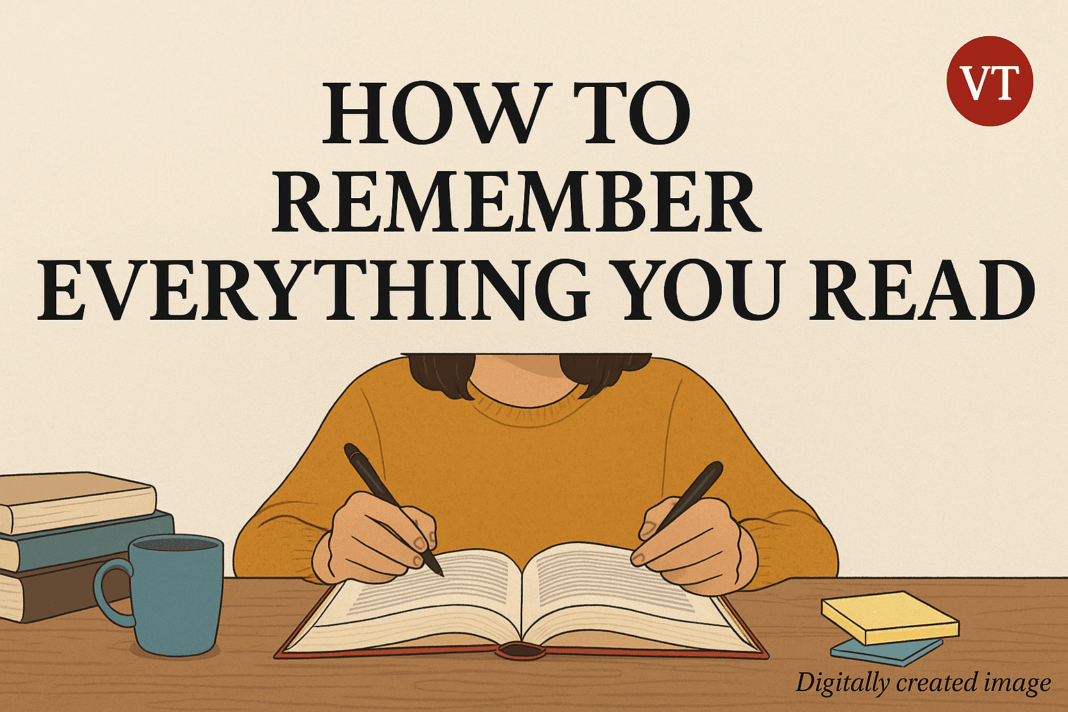Summary:
Let’s use the Feynman Technique to dive into a surprisingly effective way to remember what you read. Instead of trying to memorize lines from books, the real secret is to understand, explain, and apply what you’ve read in your own words. This teaching-based approach helps you retain and use information long after you’ve closed the book.
Why We Forget So Much So Quickly
Have you ever finished a great article or book only to forget most of it a few days later? That’s not your fault—it’s how memory works. Our brains are designed to prioritize information that feels important, useful, or repeated. If reading is passive and we don’t interact with what we’ve read, it fades fast.
Step One: Understand Before You Memorize
Imagine trying to memorize an unfamiliar word in a foreign language. It’s nearly impossible without knowing what it means. Reading works the same way—if you don’t understand it, your brain doesn’t know what to hold on to. So before you try to “remember,” ask yourself: “Do I actually understand this idea?”
Step Two: Teach It Back in Your Own Words
The best way to test understanding is to explain what you’ve read to someone else—or even just to yourself. Grab a notebook or open a blank doc. Now try this: summarize the key idea as if you were explaining it to a 10-year-old.
Simple words = deeper understanding.
Step Three: Find the Gaps
As you try to explain, you’ll notice moments where you get stuck. That’s a sign you didn’t fully understand that part. Go back and reread, then revise your explanation. This is where the real learning happens—not from reading once, but from identifying what you missed and fixing it.
Step Four: Apply It in Real Life
Once you’ve got the idea down, use it. If you’re reading about habits, try changing one of yours. If you’re reading history, tell a friend about a historical insight. The more you connect reading to action, the more your brain treats it as “worth remembering.”
Bonus Tip: Keep a Learning Journal
Jot down what you’ve learned each day. Not word-for-word, but in your own terms. It’s a powerful way to create a mental map of your knowledge. Over time, this habit turns reading into real learning—and gives you something to look back on and review.
This article is for educational purposes, written using the Feynman Technique to simplify learning and retention.
A global media for the latest news, entertainment, music fashion, and more.















